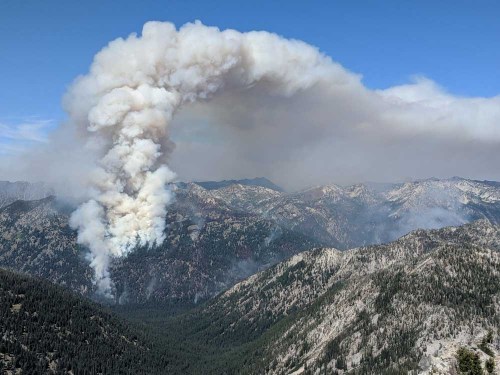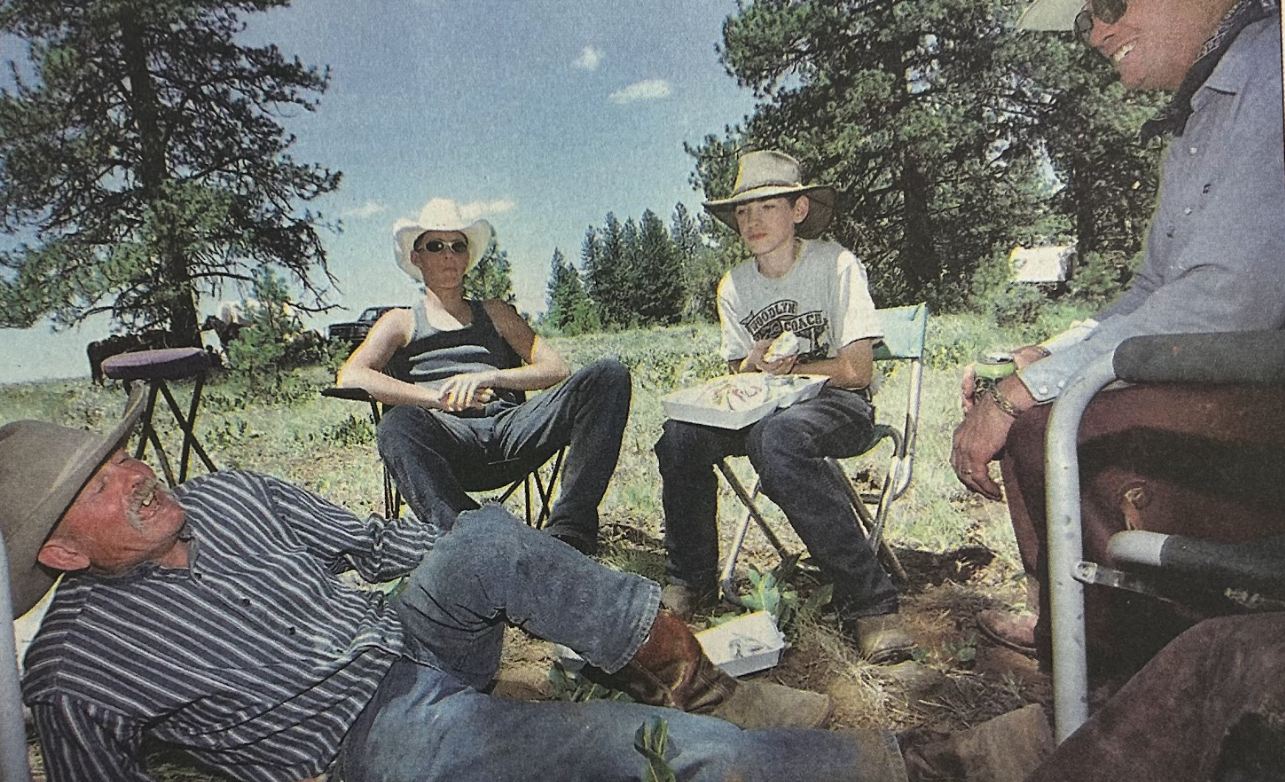Fire season being held at bay — for now
Published 6:00 am Thursday, June 4, 2020

- The Granite Gulch fire in the Eagle Cap Wilderness was the largest by far on the Wallowa-Whitman National Forest in the summer of 2019.
PENDLETON — Spring rains are holding the wildfire season at bay for the time being while local fire agencies are gearing up for summer’s eventual high temperatures and lightning storms.
Joe Hessel, Northeast Oregon regional district forester for the Oregon Department of Forestry, said the outlook is for an “above average” fire season.
“We are in a good spot right now with a better than average snow pack up high and precipitation this May has helped, we were dry a month ago,” Hessel said.
The state will likely be declared around mid-June or so, Hessel said, with a lot of the activity starting mid-July through mid-September.
“We have a warmer and drier outlook through the summer months,” he said.
Darcy Weseman, public affairs officer for the Umatilla National Forest, suggested that because of the above normal fire risk predicted for later this summer wildland/urban interface landowners should take measures to protect their property.
“With much of the greater Umatilla area experiencing ever increasing drought conditions and the summer’s forecast of above normal temperatures and below normal precipitations, now is the time to tackle that defensible space project on your property,” she said.
Recommendations include clearing brush and raking pine needles — material that carries fire easily, putting homes and lives at risk. The Forest Service also recommends to have a “ready, set, go” evacuation plan and become “smoke ready” with simple, low cost “do-it-yourself” filters. The agency also asks the public to be extra vigilant with any ignition source, from debris burning to dragging chains and running power equipment like chain saws.
One effect of the state’s stay-at-home order this spring has been an uptick in human-caused fires, Hessel said. One estimate is that there have been twice as many runaway brush fires on private land than is typical this time of year, so he warned landowners to be aware of the weather forecast. Often burning in the morning can alleviate the risk of fires spreading by wind.
As for the upcoming wildfire season, both agencies reported that their seasonal fire staff are reporting to duty and preparing for training throughout the state. Hessel said training will not be the region-wide interagency fire school normally held at Eastern Oregon University, but held locally in smaller groups.
In response to the extended forecast, Weseman said several additional large air tankers and helicopters have been added to the Forest Service’s exclusive use contracts to strengthen availability of firefighting aircraft this year.
“On the Umatilla National Forest, we’ll be ready to respond with nine engines, five 10-person hand crews, the 20-person Umatilla Veteran Crew handcrew and two Type 2 helicopters located in La Grande,” she said.
ODF has 20 initial attack crews staffing engines and hand crews hired for the Northeast District, Hessel said, with 60 seasonal employees hired for the summer. Bulldozers are also on contract to be available to build firelines, when necessary, and has two single-engine air tankers and a detection plane staged at the La Grande airport and a Type 2 helicopter will be based in Pendleton, but will move around as needed.
To limit risk of COVID-19 exposure, Weseman said the agency is putting several provisions in place. She said firefighters will continue to respond to every wildfire, but how they are mobilized and supported will be different this year.
“On the Umatilla National Forest, we’re integrating Centers for Disease Control and Prevention protocols into our Wildland Fire Response Plans to help keep firefighters and the communities they’ll work in healthy and safe,” she said.
While the Forest Service’s direction this coming season is to respond and extinguish fires as soon as possible, Weseman said there is a likelihood the forests of Northeast Oregon could have large remote fires that would endanger the lives of firefighters, should they fight the fire directly. In these cases, staff would either monitor them at a safe distance — either from the air or from another ridge top or fighting a flank threatening private property or other critical resources like watersheds.
“We will also continue our focus on initial attack with the goal of fast containment to minimize the number of large fires during the year,” Weseman said.
Nationally, 98% of all fires fought by Forest Service firefighters are extinguished within 24 hours, Weseman said.
Technology advances help locate wildfires quickly and accurately. Weseman said firefighters use remote automated weather stations and satellites to rapidly assess conditions, such as weather, fire behavior, and topography.
“This will help firefighters prioritize tactics that have a high likelihood of success, minimize prolonged exposure of resources, and put the life safety of responders and the public first,” she said.






